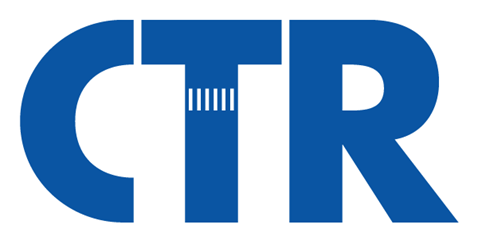SMART 3 - Simulation and modeling of automated road transport, part 3
To enable analysis of traffic system effects of automated vehicles, todays traffic simulation models need to be enhanced and extended. The aim of the project is to enhance and further develop todays state-of-the-art traffic models in order to enable analysis of future traffic systems.
The aim of the project is to enhance and further develop todays state-of-the-art traffic models in order to enable analysis of future traffic systems. The project consists of two PhD projects, one focusing on microscopic traffic simulation and the behaviour of and interaction between conventional and automated vehicles, and one focusing on mesoscopic simulation and fleets of automated vehicles.
The introduction of the self-driving vehicle takes place gradually. Whether the infrastructure is ready to safely and efficiently "handle" the transition period where the vehicle with different automation levels and capabilities will share the road space with human-driven vehicles and pedestrians is still unclear.
Thanks to large pontential cost savings, public transport and shared mobility services are expected to be markets where self-driving vehicles will be introduced early. Public transport authorities and road managers are therefore also interested in how self-driving vehicles can be used to make public transport more efficient.
Traffic simulation is a proactive approach to answer such questions and to investigate how the effects vary for different mixes of self-driving vehicles with different levels of connection. However, current simulation models were developed to describe human preparatory behaviour and therefore do not capture all aspects linked to different levels of automation and connection, but need to be further developed. With this background, the projects SMART 1 and 2 were implemented with a focus on simulation-based evaluation of automated traffic systems that include manual, partial and completely self-driving vehicles. The project is further based on results and models developed within the SMART 1 and SMART 2 projects, where, among other things, the specification of requirements for the need for further development of current traffic simulation models have been specified.



